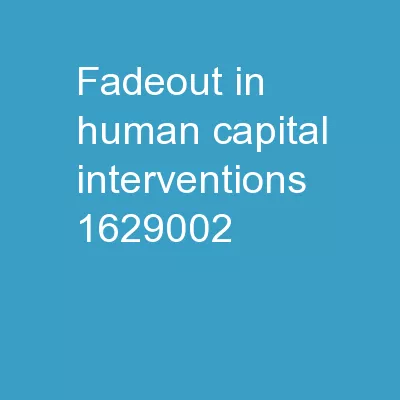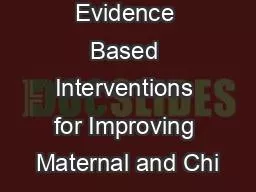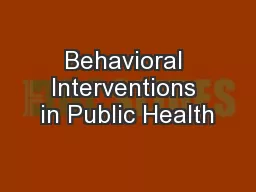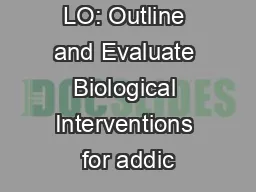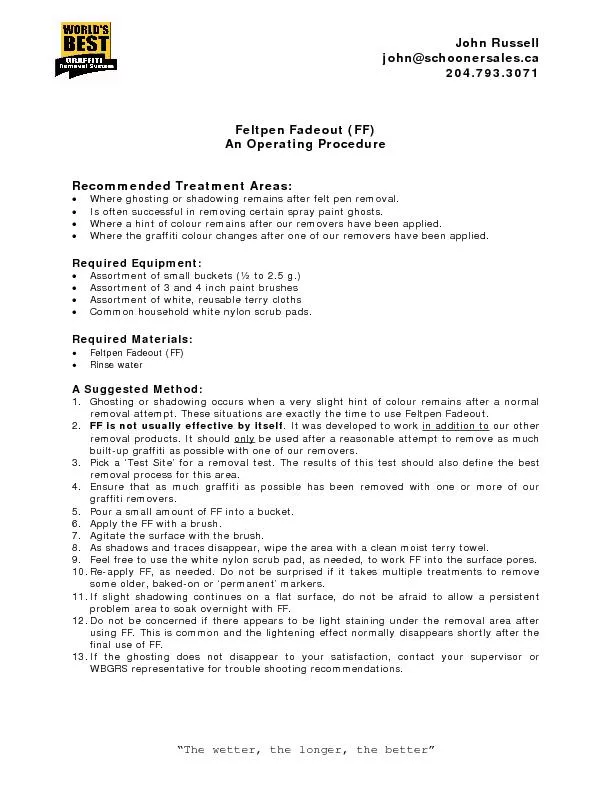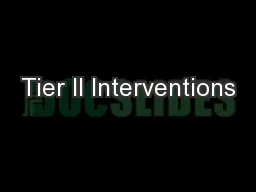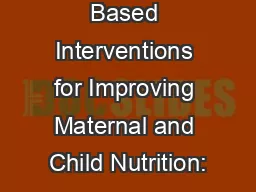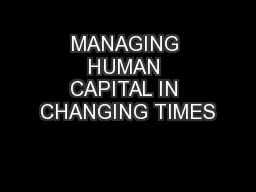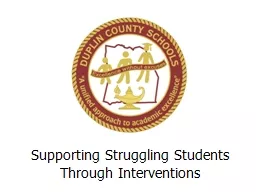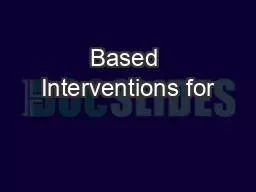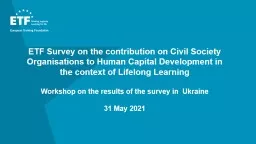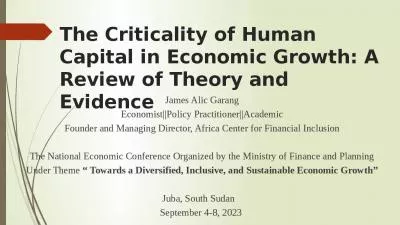PPT-Fadeout in human capital interventions:
Author : danika-pritchard | Published Date : 2018-12-24
Death miracles and resurrection Fadeout in human capital interventions Death miracles and resurrection Impact Death IQ impacts in Perry Achievement impacts for
Presentation Embed Code
Download Presentation
Download Presentation The PPT/PDF document "Fadeout in human capital interventions:" is the property of its rightful owner. Permission is granted to download and print the materials on this website for personal, non-commercial use only, and to display it on your personal computer provided you do not modify the materials and that you retain all copyright notices contained in the materials. By downloading content from our website, you accept the terms of this agreement.
Fadeout in human capital interventions:: Transcript
Download Rules Of Document
"Fadeout in human capital interventions:"The content belongs to its owner. You may download and print it for personal use, without modification, and keep all copyright notices. By downloading, you agree to these terms.
Related Documents

